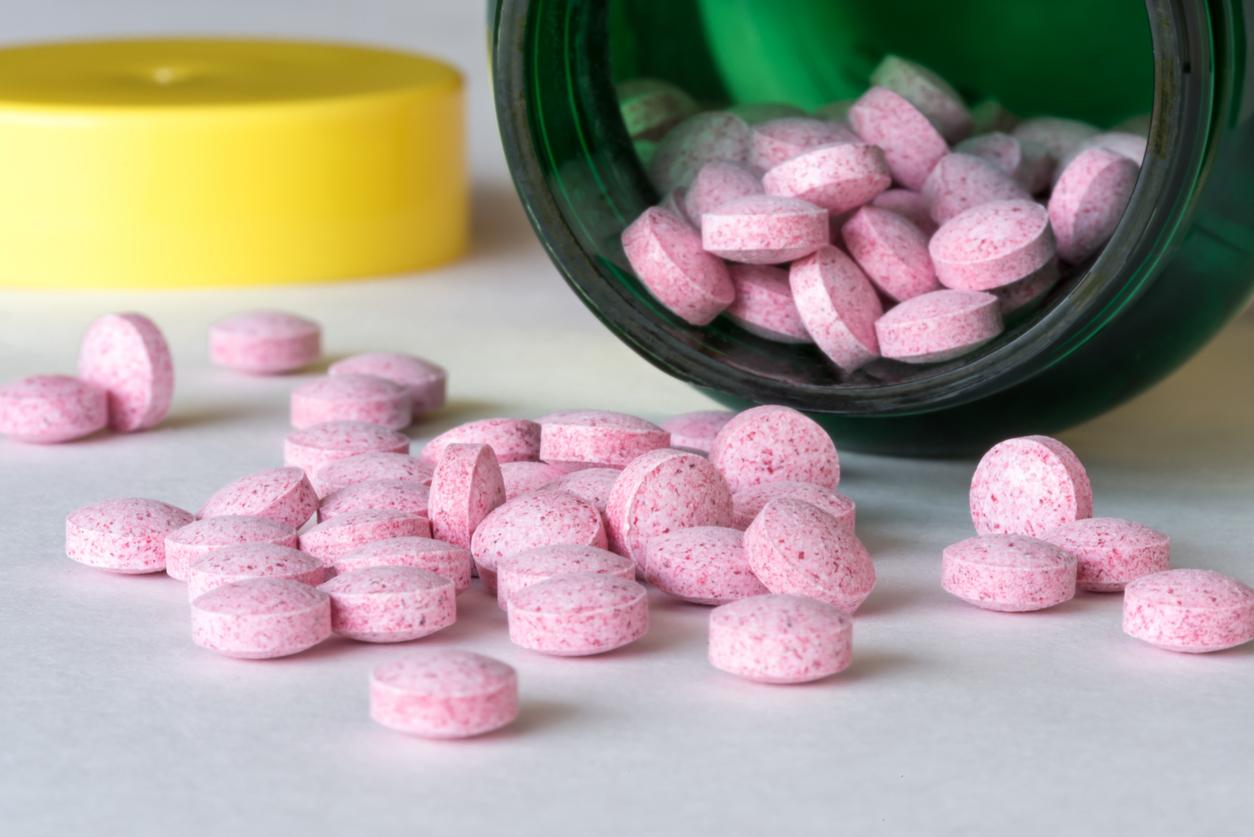THE pancreas is located deep in the abdomen, behind the stomach. It measures 15 by 3 centimeters and weighs about 50 grams. The pancreas is an endocrine (which secretes its substances into the blood) and exocrine (which secretes its substances into the external environment) gland. This gland is attached to the duodenum which wraps around it. Its endocrine part secretes insulin and glucagon, two hormones that regulate the level of glucose in the blood (glycaemia). The pancreas also secretes a pancreatic juice rich in digestive enzymes : it is the exocrine function of the pancreas.
The pancreas is a vital organ. Preserving it reduces your risk of obesity, diabetes and pancreatic cancer. The first factors that disturb the activity of the pancreas are linked to lifestyle: smoking, alcohol, diet. In case of overeating, this gland is overwhelmed.
Limit fats and high GI foods
The excess of bad fats in particular is toxic for the pancreas: it prematurely wears out the pancreatic cells responsible for digesting fats. Excess consumption of foods with a high glycemic index (GI) disrupts blood sugar levels and tires the pancreas. Foods that contain carcinogens should also be avoided. To maintain a healthy pancreas, it is recommended to have a healthy diet that favors foods with a low glycemic index (GI).
The older you get, the more you have to watch your plate
Age is also one of the main risk factors for pancreatic cancer, the risk is higher after 45 years. There are about ten symptoms of the disease, including abdominal pain, nausea and vomiting, and jaundice.
Sources:
- Dr Frederic Saldmann, Take charge of your healthEditions Albin Michel, 2015
- Dr Pierre Nys, 500 anti-diabetes recipesEditions Leduc.s, 2018
Read also:
- 9 foods to eat in the evening for digestion and sleep
- Seasonal depression: 9 foods (other than chocolate) to restore your good mood
- These 12 foods are to be preferred to better fight against winter infections


























